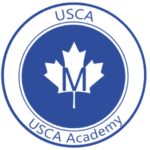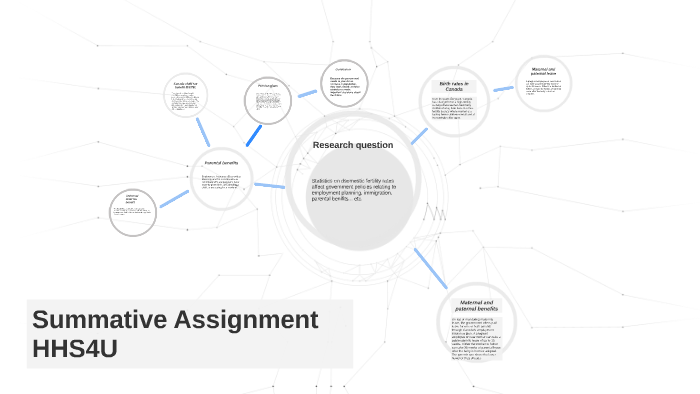HHS4U Course (Families In Canada)
Send Us A Message
HHS4U - Grade 12 Families in Canada
| Course Code: | HHS4U | |||||||||||||||||||||||||||||||||||||||||||||||||||||||||||||||||||||
| Course Type: | University Preparation | |||||||||||||||||||||||||||||||||||||||||||||||||||||||||||||||||||||
| Credit Value: | 1.0 | |||||||||||||||||||||||||||||||||||||||||||||||||||||||||||||||||||||
| Prerequisite: |
Course Description For HHS4U Grade 12 Families in Canada Online CourseFamilies in Canada (HHS4U) is a Grade 12 University course that looks at the many layers of individuals, relationships, and parent-child connections in Canada’s diverse society. Students will apply sociological, psychological, and anthropological theories to understand how relationships and families develop. They will also identify the challenges families encounter and the chances they have for growth. The course gives learners practical tools to assess the factors that shape family life. Students will evaluate policies and practices that aim to support families across Canada. Moreover, they will improve their research skills. They will conduct studies and present findings on topics like family development, intimate relationships, and parenting. HHS4U provides a clear understanding of the changing roles of families in Canada. This makes it a great option for students who are interested in social sciences and related fields. Overview Of Units And Timelines For Grade 12 Families in Canada HHS4UHere’s the suggested sequence for delivering course units, along with the recommended hours needed to complete each one. For a detailed breakdown of the specific expectations and activities included in each unit, refer to the Unit Overviews provided in the HHS4U course profile. UnitTitles and DescriptionsTime and SequenceUnit 1Introduction to the Family and Research Methods In this unit, students will learn about social factors that have influenced the historical evolution of the family and how different social factors have influenced the historical evolution of the family. Students will further learn about is the purpose of family. They will also learn how to begin the social science research process. 28 hours Unit 2The Development of Individuals In this unit students will learn what personal factors influence individual development and how reliable and valid sources of information are determined. 27 hours Unit 3The Development of Intimate Relationships By the end of this unit, students will demonstrate an understanding of the what personal factors influence the development of intimate relationships, in what ways research findings can be authentically summarized and when it is appropriate to paraphrase or summarize academic research. 27 hours Unit 4The Development of Families In this unit, students will learn how personal and social factors influence the development of families, what personal factors influence the development of families and in what ways academic research ca effectively communicated. 25 hours Unit 5Final Evaluation The final assessment task is a three hour exam worth 30% of the student’s final mark. 03 hours Total110 hours Families in Canada: Students learn best when they are engaged in a variety of ways of learning. Canadian and world studies courses lend themselves to a wide range of approaches in that they require students to research, think critically, work cooperatively, discuss relevant issues, and make decisions about significant human concerns. When students are engaged in such active learning strategies, they tend to retain knowledge for longer periods and to develop meaningful skills. Active learning strategies also enable students to apply their knowledge and skills to real-life issues and situations. A number of strategies include:
Families in Canada: Assessment is a systematic process of collecting information or evidence about student learning. Evaluation is the judgment we make about the assessments of student learning based on established criteria. The purpose of assessment is to improve student learning. This means that judgments of student performance must be criterion-referenced so that feedback can be given that includes clearly expressed next steps for improvement.
Families in Canada: Tools of varying complexity are used by the teacher to facilitate this. For the more complex evaluations, the criteria are incorporated into a rubric where levels of performance for each criterion are stated in language that can be understood by students.
Families in Canada: Assessment is embedded within the instructional process throughout each unit rather than being an isolated event at the end. Often, the learning and assessment tasks are the same, with formative assessment provided throughout the unit. In every case, the desired demonstration of learning is articulated clearly and the learning activity is planned to make that demonstration possible. This process of beginning with the end in mind helps to keep focus on the expectations of the course as stated in the course guideline. The evaluations are expressed as a percentage based upon the levels of achievement. The evaluation of this course is based on the four Ministry of Education achievement categories of knowledge and understanding (25%), thinking (25%), communication (25%), and application (25%). The evaluation for this course is based on the student’s achievement of curriculum expectations and the demonstrated skills required for effective learning. The percentage grade represents the quality of the student’s overall achievement of the expectations for the course and reflects the corresponding level of achievement as described in the achievement chart for the discipline. A credit is granted and recorded for this course if the student’s grade is 50% or higher. The final grade for this course will be determined as follows:
Resources Individuals and Families: Diverse Perspectives – 9780070738768 Statistics Canada: http://www.statcan.gc.ca/start-debut-eng.html Frequently Asked Questions (FAQ)Absolutely. You’ll practice sociological, psychological, and anthropological research methods and present your findings. Yes. You’ll analyze current policies and real-world data to see how social factors affect families in Canada. It offers diverse strategies—case studies, discussions, multimedia, and written tasks—so students can learn in varied ways. Yes. You must have taken any university, university/college, or college preparation course in Social Sciences, English, or Canadian and World Studies. Seventy percent is from assessments throughout the course, and the final exam and project make up the remaining thirty percent. WhatsApp us |

